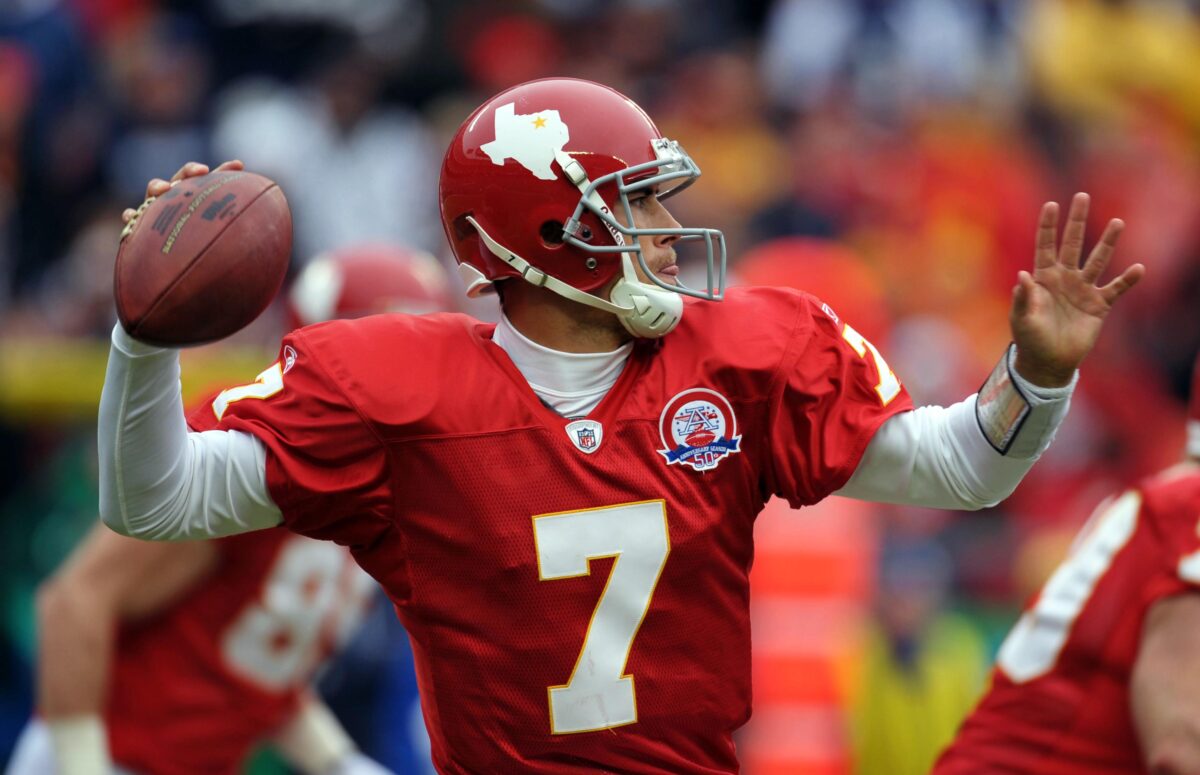Everything is bigger in Texas, including the stories. But the truth behind the birth of the Dallas Cowboys is plenty wild on its own.
All heroes need an origin story. The one that goes with America’s Team is a doozy.
January 28 marks the 60th birthday of the Dallas Cowboys. On that date in 1960, the city of Dallas was granted an NFL franchise; one that would eventually evolve into a flagship enterprise for the league, the most valuable sports franchise on the planet, and one of the most recognized brands in history.
It’s difficult to imagine today’s NFL without the Dallas Cowboys.
They are a TV ratings juggernaut, a merchandising cash cow, and a year-round global empire that can often overshadow the wins and losses of the actual football season, sometimes even rendering the games themselves minor afterthoughts.
But there was a time before Jerry, Dak, and Zeke. A time before Romo and Dez. A time before Jimmy and the Triplets. A time before Staubach, Dorsett, and Doomsday. A time, even, before Tom Landry. In the 1970s, there was a popular T-shirt that read, “And on the eighth day, God created the Dallas Cowboys.”
The real story of the team’s creation is in many ways even epic and incredible.
Chapter 1: A Texas-sized flop
Before there was even a seed that grew into the idea that eventually became the Dallas Cowboys, there had to be fertile ground in which to take root. And in 1952, eight years before the Cowboys would be born, that fertile ground existed in the imagination of Clint Murchison, Jr.
Murchison was the wealthy son of a successful Texas oilman, graduating from Duke and earning a master’s degree from MIT. After Clint Sr. died, Clint Jr. and his brother took over the family business, with various moneymaking interests that included the company that manufactured Daisy BB guns, Field and Stream magazine, and, of course, oil.
A 29-year-old Murchison was one of fewer than 18,000 people in attendance on a late September Sunday at the famed Cotton Bowl, located on the Texas state fairgrounds. Taking the field were the visiting New York Giants and, for the very first time, a team called the Dallas Texans. The home team had previously been a New York club, too- the Yanks- having played in Yankee Stadium before being sold to a group of Lone Star State businessmen, relocated to Dallas, and named the Texans.
The Texans’ first game in their new home was largely unremarkable. Their only score in the 24-6 loss came after a fumbled punt return by a Giants defensive back named Tom Landry, who would go on to play a much larger role in Dallas football lore for generations.
Three more home games followed for that Texans team, all losses, and all poorly attended. The owners bailed on the club and returned control to the league. The Texans played the remainder of their 1952 schedule on the road, even their final two “home” contests. They finished 1-11 and were outscored 427-182. Almost half the roster retired for good at season’s end. The National Football League’s initial experiment in Dallas would go down in the books as a Texas-sized flop.
Chapter 2: Breaking in to the club
Everything was bigger in Texas, except the appetite for pro football. The sport itself was indeed king there, but it was played on Fridays at local high schools and on Saturdays by college kids. The NFL was a mainstay (albeit second fiddle to Major League Baseball) in Midwestern cities like Chicago, Cleveland, Detroit, and Philadelphia. It was the only game in town in tiny Green Bay. It had even ventured west to Los Angeles and San Francisco. Pro football simply wasn’t quite ready, however, to expand to the South.
Murchison, though, was enthralled. He attempted to buy the failing Texans franchise, but league commissioner Bert Bell had already agreed to sell the club to Carroll Rosenbloom, who would move the team to Baltimore and set up shop as the Colts. But the young Texas businessman sensed a whale of an opportunity.
“I wanted the fun of being able to see professional football in my hometown,” Murchison later said of his early infatuation. He turned his sights to other struggling NFL franchises, searching for one that he could buy and move to Dallas.
The 49ers wouldn’t sell. The Chicago Cardinals wouldn’t relocate from the Windy City. Murchison even came close to purchasing the Washington Redskins, until owner George Preston Marshall changed his terms at the eleventh hour and spoiled the deal. Murchison would hold a grudge over it for years.
But Clint Murchison Jr. wasn’t the only son of a Southern oil tycoon looking to put pro football in Dallas.
Continue…



